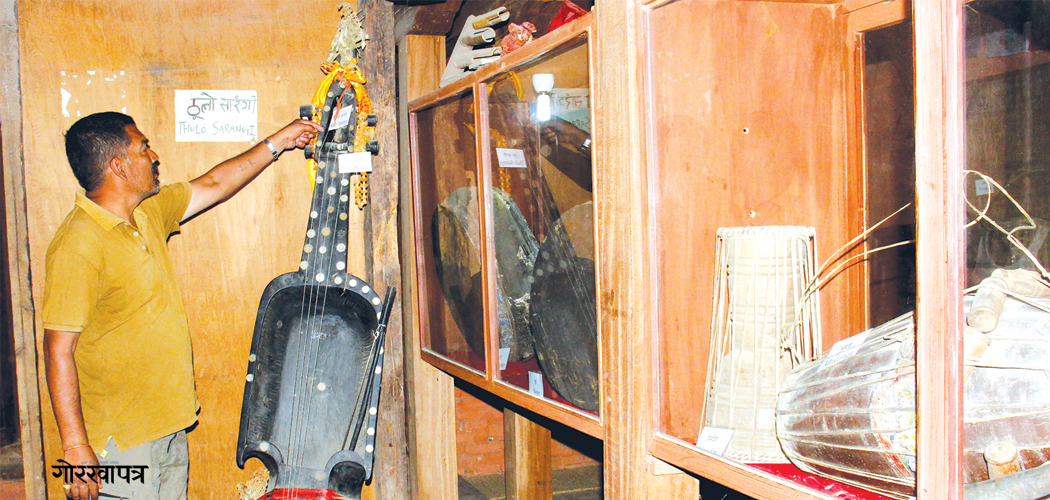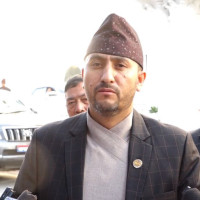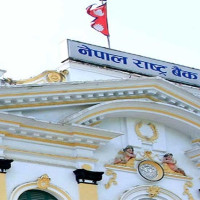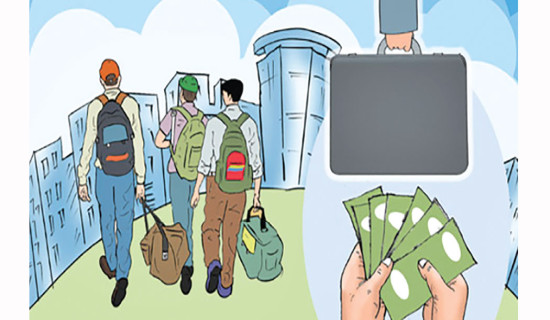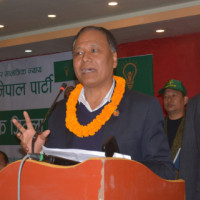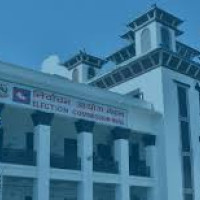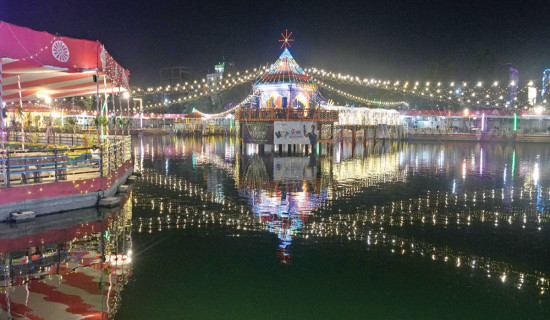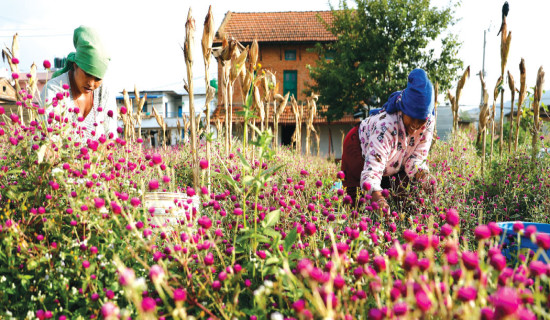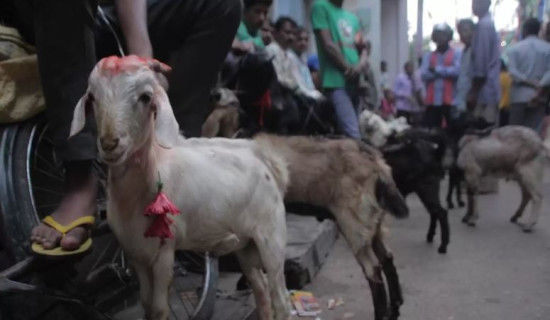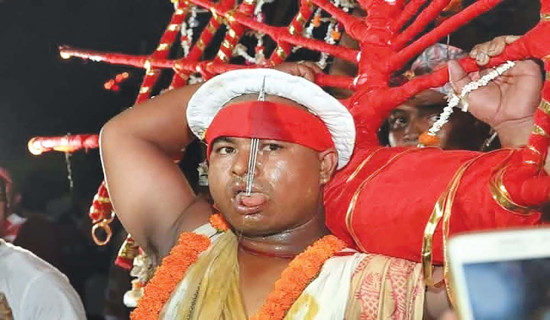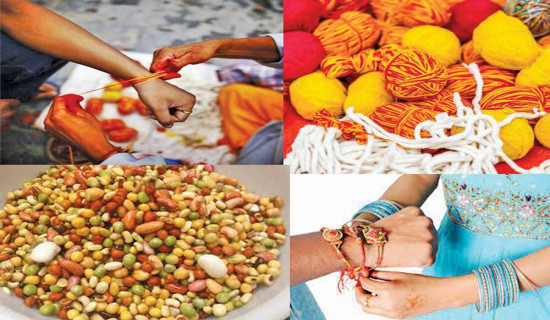- Tuesday, 16 December 2025
Instruments housed at rickety Music Museum unsafe
Kathmandu, Aug. 7: It has been seven years since the Gorkha earthquake struck Nepal, but the Nepali folk music instruments housed at Nepali Folk Musical Instrument Museum, also known as Music Museum of Nepal, Tripureshwor, have not yet found a safe shelter.
The rare and historically important Nepali folk music instruments in the museum are still lying in the derelict building.
Ram Prasad Kandel, the founder of the museum, said that around 60 rare instruments were damaged in the earthquake. “I am still trying to preserve other unharmed items.”
The museum still has the collection of more than 650 different types of instruments including 200-year-old nagada. The rare and indigenous instruments are collected at the museum from several parts of the nation.
The quake brought challenge to preserve the instruments from monsoon, owing to water leakage from the roof, he said. “I am investing my time for two years to repair and chemically treat skin-made instruments because they have started to decay thanks to the leaking roof.”
Many instruments are made of skin and wood. Owing to the lack of required infrastructure they have started to decay. The instruments like drums made from skin of frog and snake were preserved at the museum before the earthquake. They were damaged by earthquake.
The rare and authentic Nepali instruments are collected at the museum from several parts of the nation. The musical instruments of Tamang, Gurung, Magar, Newar, Hayu, Rai, Limbu, Gandarva, Tharu, Sherpa, Kisan, Kumal, Saika, Musahar, Jhagad, Thami, Santhal, Raute, Kusunda with tools of disappearing, marginalised and other communities are collected here.
Moreover, Shringinad, Kangling, Dhwani Paatra (singing bowl) are preserved here. Shringinad is a blowing instrument made from the horn of Krishnasaar deer. The instrument is played by ascetics at night in the month of Chaitra and Kartik in four directions of a house.
The museum was opened in 2002 to visitors even though it was registered in 1997.
“I had collected rare instruments from various parts of the nation at my own efforts and sources. It is time for the government to preserve the instruments for next generation. The collected instruments are treasure and creations of our ancestors,” he said.
He further said that such instruments are have reached risky condition due to lack of relocation site . The monsoon creates more danger due to feeble roof condition and the instruments still lying in the vulnerable building. Kandel has been lobbying for handover of the museum to the government after the quake.
He had collected musical instruments since 1995 and collected around 650 kinds of instruments in 24 years of his life.
After the earthquake, Guthi Sansthan has forced to vacate the building to rebuild it after the earthquake. The Sansthan had already issued notice to vacate the place. Museum established building is located on the premises of Mahadev Temple of Tripureshwor.
Guthi Sansthan had signed an agreement with the museum in May, 2014 to lease this building for five years. But the Sansthan has also signed an agreement with Kathmandu University in the same year to lease this building for 25 years for operation of music department after its reconstruction.
“I had filed a case at the High Court against the agreement between the Guthi Sansthan and Kathmandu University but the court decided in favour of Guthi Sansthan. I am preparing to file a case at the Supreme Court,” he said.
However, Balendra Shah, Mayor of Kathmandu Metropolitan City (KMC), recently visited the museum and said he would discuss the issue at the KMC’s meeting, he informed.
Only 200 instruments are kept on display due to limited space. Students, public and foreign tourists visit the museum to observe and learn about the musical instruments.

